February 14, 2020
What is Regenerative Agriculture?
The future of agriculture and food starts now, with your soil. As a steward of the land, you work closer to the soil than anyone else, and you rely on it for your livelihood. The symptoms of climate change — extreme temperatures, drought, floods — affect you more than most. As the agriculture industry shoulders the burden of feeding 10 billion people by 2050, we are tasked with increasing yields while also reducing our impact on the land.
To achieve this responsibility, we must move beyond sustainable agriculture practices and incorporate actions that contribute to the land we work with today. Regenerative agriculture brings together actions and land management practices that not only sustain and preserve the lands we have, but improves them for farmers, communities, and future generations. Regenerative agriculture thus starts with soil health, allowing growers to use tools and management practices that best fit their land while improving their ROI.
Learn about the regenerative practices you can use in your field today.
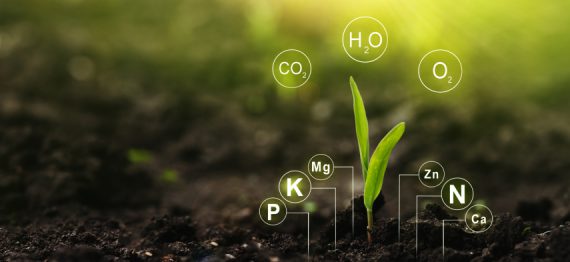
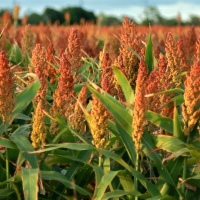
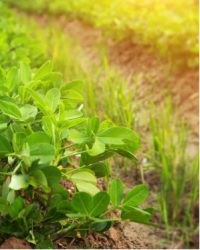
Soil. It’s your crop’s first interaction with the world and it’s the single constant on your land. It’s the anchor for your roots. And, when healthy, it’s home to billions of thriving plants and organisms. Regenerative agriculture helps build — and rebuild — soil health, which benefits us all, from the organisms that live in your soil to the consumers that buy your crops.
PhycoTerra® products are one tool in the farmer’s toolbox. Sourced from naturally occurring microalgae, PhycoTerra soil microbial food and seed treatments invigorate the soil and create sustainable yields by feeding the native microbes in the field.

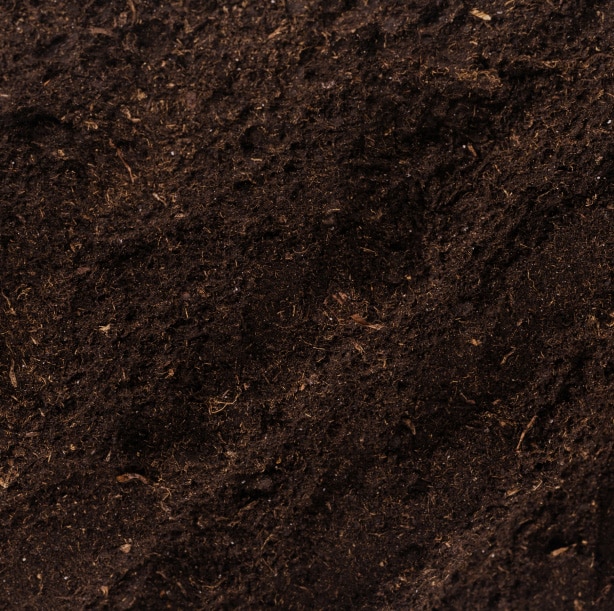
Discover how soil health can have a positive impact throughout the supply chain — from food companies to consumers.
Regenerative. Sustainable. Organic. Conservation. Climate Smart. All terms that have been making their way through the agriculture and food industries in recent years. Many of the growing techniques they promote — such as cover-cropping, rotational grazing, no-till or strip-till — are hundreds of years old.
These sustainable agriculture practices are an excellent step towards creating fields that support not only the current population but the environment as well. Regenerative agriculture focuses on taking land and not only maintaining the status quo, but improving it — “regenerating” it for future generations, and leaving fields better than we found them.
Regenerative agriculture focuses on measurable outputs and recognizes that working with the land is a complex equation. Practices that help a grower in California steward healthy fields for their almond orchards won’t be the same that help an Iowa grower maintain optimum soil for his corn and soybeans.
That’s why we’ve dedicated our microalgal science and crop research to creating a product that improves ALL soils — while no-till farming might not be for every grower, PhycoTerra is for every soil.
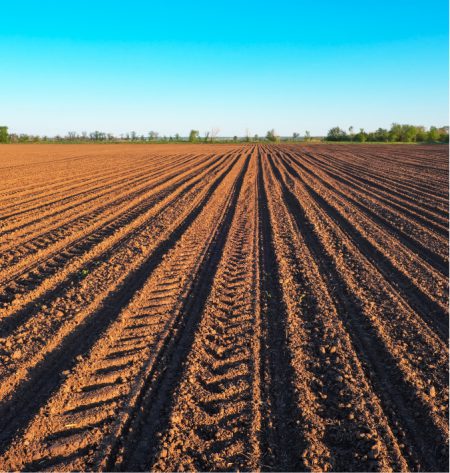

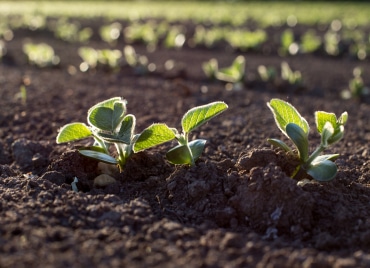
Microalgae play a key role in regenerative food production. They are single-celled plants that form the base of our food system and produce half the oxygen in our atmosphere. Because microalgae grow quickly, can reproduce with very little input and are easily digestible, they are an ideal sustainable food source for the microbes that determine soil, root, and crop vitality. That’s why we’ve chosen microalgal technology as the starting point for all PhycoTerra products. As we work to feed our growing population while combating climate change, microalgae will be the unseen superhero of regenerative agriculture and the cornerstone of improved soil health.
Learn about Microalgae
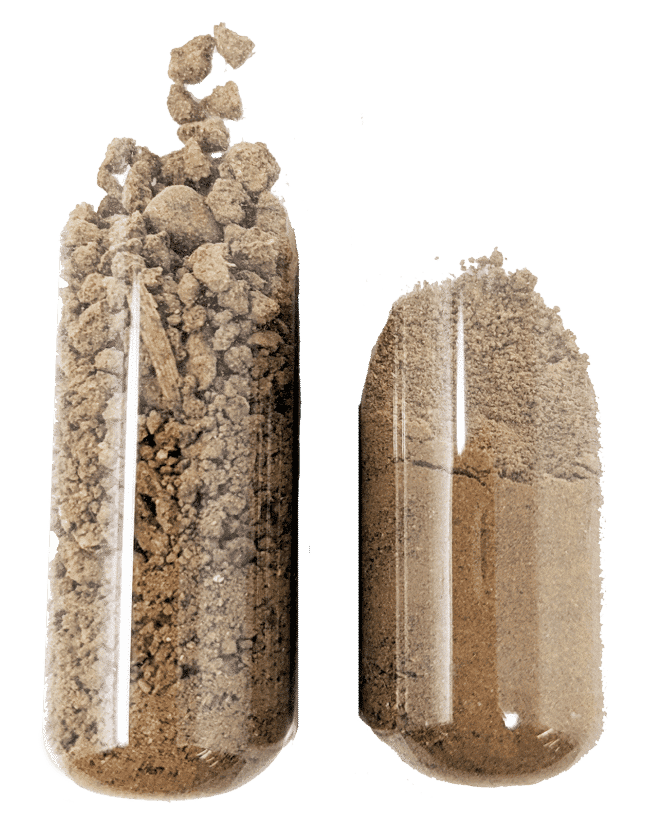
Want more information on regenerative food production, PhycoTerra soil microbial food products, or crop performance data? Contact us.